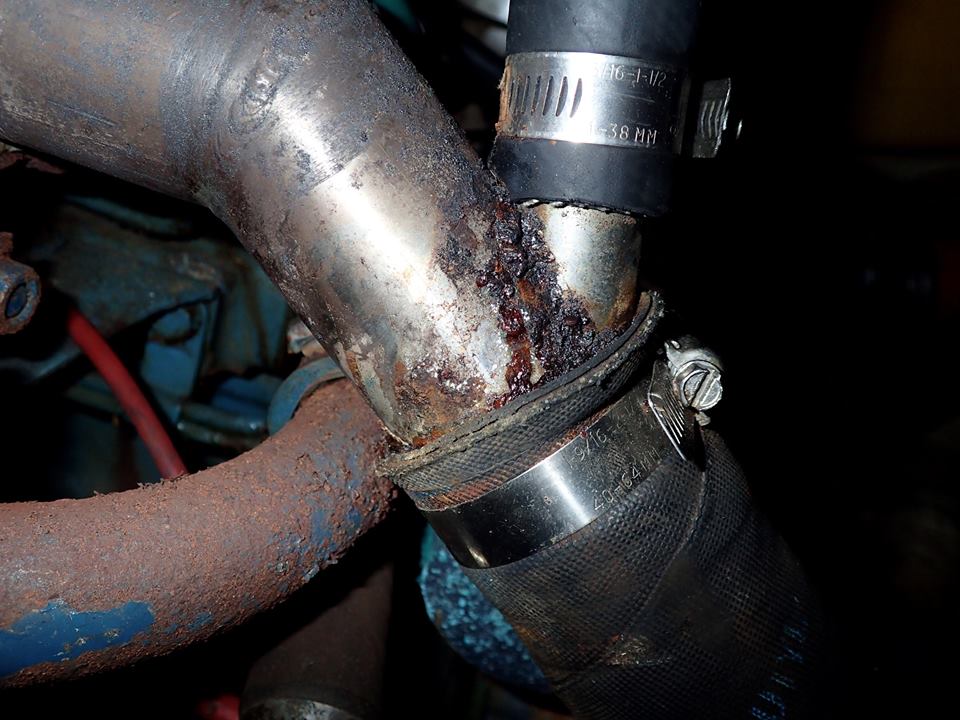Zincs
You may have heard that zincs should be replaced when they are 50% depleted. In most cases this not correct. As the surface area of the zinc anode is reduced, its effectiveness is reduced exponentially. In addition, the attachment of the zinc to the metal that it is supposed to be protecting has been greatly reduced which means that the contact surface between the zinc and metal is not good. For the zinc to properly protect the metal, continuity (connection) must be 100%.
So when your dive service report shows zincs at anything less than 30% it’s time for the zinc to be replaced. It’s also a good practice to ask the dive service to leave the old, wasted zincs on your boat so you can take a look at them. What your looking for is the size and shape of the zincs. Again, if the zinc looks about 20-30% of its original size and smooth but worn, that’s a good sign – probably no corrosion issues. But if they are uneven, pot marked and rough, there is a problem – rough and uneven surfaces indicate electrical corrosion and your sign to get the boat checked for corrosion issues.
Lately I’ve seen two extreme conditions with respect to zinc replacement. In at least 40% of the boats that I inspect that are hauled out of the water for inspection, zincs are either nearly depleted that were reported within days of haul out as good to excellent. The other is dive report within days stating zinc replacement when it was obvious that the zincs are very old and depleted. Either way, its a bad situation. In the first case of reporting a zinc to be good to excellent the diver is really doing his client a dis-service. I have been told by some divers that they are trying to economize zinc replacements for their clients so that they ‘save’ money – Obliviously false economy and can cost a lot of $$$ if a propeller, trim tab, rudder or anything else needs replacement. Zincs are cheap relative to the metals they protect. In the second case it is flat out fraud but some dive services get away with it because who can / does check?


